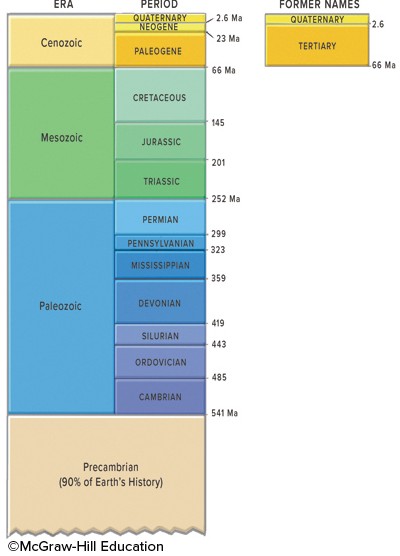Bacteria that make their own organic compounds by obtaining energy from chemical compounds and not directly from light are ________.
A. chemosynthetic
B. protists
C. living off decaying organisms
D. photosynthetic
E. heterotrophic
Answer: A
You might also like to view...
When organisms die, their nitrogenous organic compounds are converted to simpler inorganic compounds such as ammonia through the process of
a. Nitrification b. Ammonification c. Denitrification d. Assimilation e. Leaching
In the United States, dryline thunderstorms are most common
a. in the Rocky Mountains b. in the desert southwest c. in the Great Plains d. in California e. in Florida
The United Nations measurement of a country's gender inequality combines measures of
A) reproductive health, education, empowerment, population density. B) reproductive health, education, empowerment, employment. C) education, employment, fertility rate, upward mobility. D) education, employment, happiness, head of household. E) education, salary, upward mobility, reproductive health.
This figure shows the geologic timescale. Which period listed below would be part of the Cenozoic?
A. Triassic B. Cambrian C. Neogene D. Pennsylvanian E. Jurassic